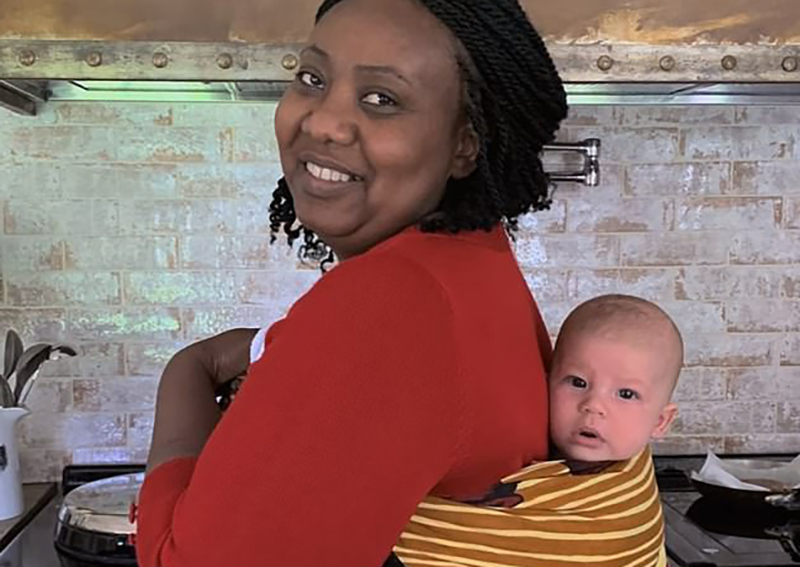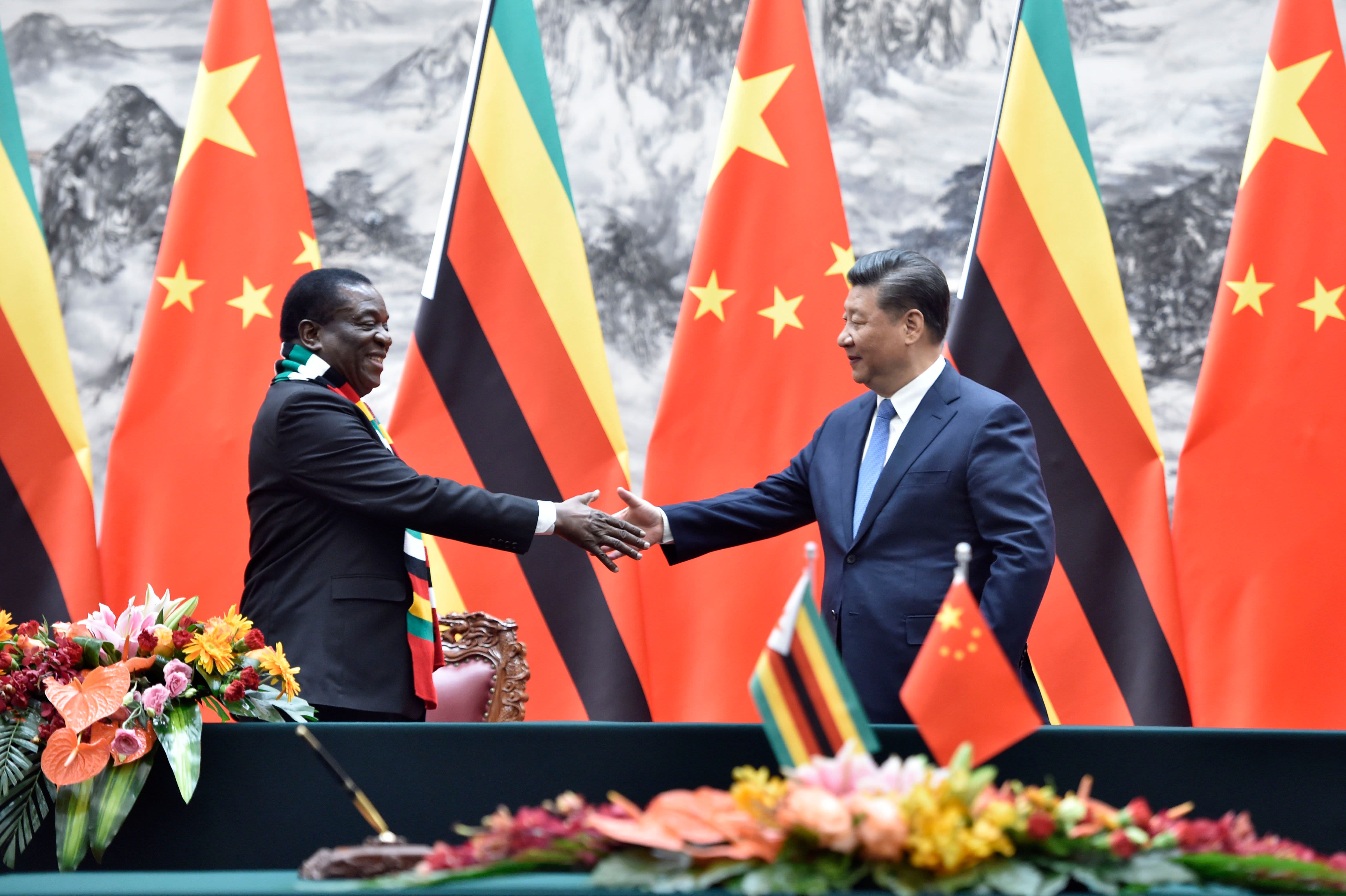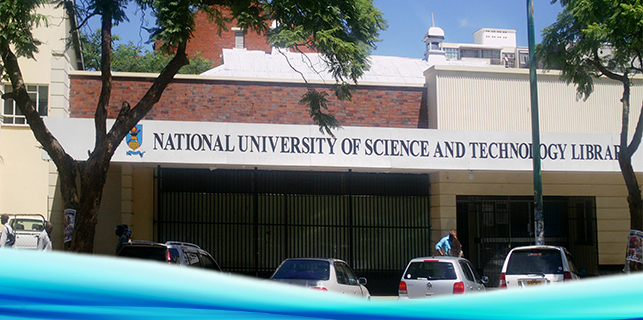by IAN SCOONES
The El Niño drought has hit southern Africa hard. Malawi, Mozambique, Zimbabwe and seven provinces in South Africa have announced emergencies. Coming on the back of a bad season last year, the food situation across the region is dire.
Large volumes of food will have to be imported into drought-affected areas, with a regional deficit of 7.3 MT reported. News reports – that was widely circulated – point to white farmers who fled from land reform in Zimbabwe and now farming in Zambia as the saviours. Is this really the case or, as ever, is it a bit more complicated?
Who is producing Zambia’s food?
As discussed last week, the figures on how much food is needed and where is confused, but the latest on Zimbabwe suggest that up to 4.1 million people will need food aid before the end of the consumption season. While the estimates may be problematic, even adding a large margin of error, the bottom-line is that food must be imported into Zimbabwe in large quantities. The nearest source is Zambia, where good rainfall produced a harvest higher than predicted at 2.8m tonnes (not 3.3m as the Southern Daily reported, which confusingly took figures from 2014 and reported as if this year).
Who then is producing all this maize in Zambia? One of the oft-repeated narratives has been that the food being supplied to Zimbabwe now is being produced by white farmers who were evicted from Zimbabwe during the land reform. In a 2004 piece by Jan Lamprecht on the blatantly racist, white-supremacist site AfricaCrisis.org gloated that white farmers outcompeted 150,000 peasants in Zambia. Even President Mugabe seemed to have been swayed by the propaganda, commenting on the success of former large-scale commercial farmers from Zimbabwe at a rally. This was the narrative too of the error-filled Southern Daily piece (that was sent to me at least four times when it came out, with commentaries not dissimilar to that on AfricanCrisis.org). The evicted-farmers-save –Zimbabwe narrative is prevalent, but is it true?
Certainly there are some former commercial farmers now farming in Zambia – in such places as Mkushi block. Mkushi has attracted South Africans, Tanzanians, British and Zimbabweans, and is a focus for large-scale agriculture in the centre of the country. Estimates suggest there are perhaps 750 white Zimbabwean farmers in Zambia, rising from 400 following land reform in 2000. External finances, such as throughAgrivision Africa supported by the IFC, has allowed the capitalisation of commercial operations, and farms there produce a mix of crops, ranging from soya to maize to beef and dairy. Many commercial agricultural enterprises in places like Mkushi are highly productive, and currently very profitable. In part this results from skill and investment, but also the combination of recent periods of good rainfall and supplementary irrigation capacity that has improved production.
Maize being exported to Zimbabwe in part comes from such farms, but it’s actually – and contrary to the simplistic narrative – primarily grown on smallholder producers across the country. Maize production – and so the ability to export – has been massively supported by a highly-subsidised input support programme over a number of years. For example, in 2011the Government of Zambia spent US$184 million on 182k MT of fertiliser and 9k MT of hybrid maize seed. This amounted to 0.8% of GDP then, and 30% of total agricultural expenditure. This is an enormous investment and, as in Malawi before, it has boosted maize production massively, but probably unsustainably. Today smallholders in Zambia produce around 2.5m tonnes annually, while large-scale producers 300k tonnes in a good year, like this past one.
In other words, the maize export story from Zambia is driven not by valiant white farmers of the much-promoted narrative (although they of course contribute) but mostly by the efforts of smallholders (including of course black Zimbabwean migrants who came during the Federation era, and have been important producers in central Zambia since then). But in fact the big story too is the role of massive (and fiscally untenable) subsidies from the Zambian state (and its aid donor allies), and big questions as to whether this will continue under the new political dispensation.
White farmers in Africa: mixed fortunes
White commercial farming in Zambia, as Zimbabwe before, and in experiences from Nigeria and Mozambique too, has been one of mixed fortunes. The lack of infrastructure, limited state support and poor finance and other support systems, made many farmers complain bitterly about their new settings. They had been successful farmers in Zimbabwe in the context of a massively supportive environment, with huge subsidies and state support, consistent from the 1950s at least until the 90s. This is not the case in Zambia – or Nigeria and Mozambique. Commercial farming in Zimbabwe was not always an independent, heroic effort by whites in the face of adversity. Of course there is always skill, hard work and entrepreneurial acuity in the mix, but state support, infrastructure and public investment was also part of the picture.
However, despite the challenges – and many gave up – some former farmers from Zimbabwe have become highly successful in Zambia. Considerable private resources from other businesses (some still in Zimbabwe) have been invested to make these farms going concerns, and now in the context of favourable exchange conditions and high demand, they are definitely contributing to the feeding of the region. But there is also other food entering circulation from a range of sources, most notably from smallholders in Zambia, and, as discussed last week, from production not captured by standard crop surveys and livelihood assessments in Zimbabwe itself.
A regional approach?
SADC and COMESA have always tried to take a regional approach to food security, with the expectation that at different times different countries or regions will feed others. An approach to open borders and trade should, ideally, allow low-cost food to move from places of surplus to those of deficit.
Supply of maize from surplus areas in Zambia to the Zimbabwean market has been restricted, however. Controversial restrictions on exports have helped drive the trade underground. Despite the formal limits, there is much that is travelling across the border illegally. The allure of the US dollar in the Zimbabwean economy is attracting much speculative trading activity, including in food (as well as other commodities). With a declining Zambian kwacha due to the collapse in mineral commodity prices, selling food to Zimbabwe in US dollars is an attractive prospect, and formal restrictions are very often circumvented. This of course adds to the liquidity problems and cash crisis in the Zimbabwean economy, as the dollars end up in Zambia, even if food is provided. This cross-border currency exchange politics is creating potentially large problems, especially as the US dollar increases in value against other regional currencies.
As much research shows, trade restrictions damage investment and can undermine food security. An open trading regime by contrast, it is argued, is efficient and economic, and offsets risks, which because of differential patterns of rainfall and the widespread reliance on rainfed production makes sense. Ensuring that there is regional surplus and efficient movement will offset the requirements for shipping from elsewhere in the world, which is slow and expensive. In this respect if Zambia feeds Zimbabwe, Malawi and Mozambique this year (and maybe South Africa too), this is fine, and the reverse may be the case at other times.
This post was written by Ian Scoones and appeared on Zimbabweland







1 Comment